Meet Dr Adnan Saithna, MD FAANA | Orthopedic Surgeon Specializing in Minimally Invasive & Arthroscopic Knee and Shoulder Surgery


We had the good fortune of connecting with Dr Adnan Saithna, MD FAANA and we’ve shared our conversation below.
Hi Dr Adnan, is there something that you feel is most responsible for your success?
There are numerous important factors that have resulted in my success as an orthopedic surgeon including excellent clinical outcomes, compassionate patient care and exceptional levels of patient satisfaction. However, the most important factor responsible for my success is my dedication to giving my patients the best possible care, and that’s fuelled by the satisfaction I get from seeing them regain their ability to enjoy life without pain due to the treatment I have provided. Regardless of whether that’s getting a professional athlete back to competition, a parent back to being able to play with their children, or helping an older person regain their ability to live independently, it’s a great feeling to know that the work I do has a huge impact on the lives of my patients and their families. This ability to help people overcome often complex and challenging injuries has always been a great source of motivation for me, and it drives me to continually seek opportunities for improvements in patient care and clinical outcomes, not just in my own practice, but also through my academic work and various leadership roles at a national and international level. This means that when patients come to see me, they can be confident that I am committed to doing my very best for them, and that I have the skills and experience to give them the best possible chance of getting back to doing the things they love.
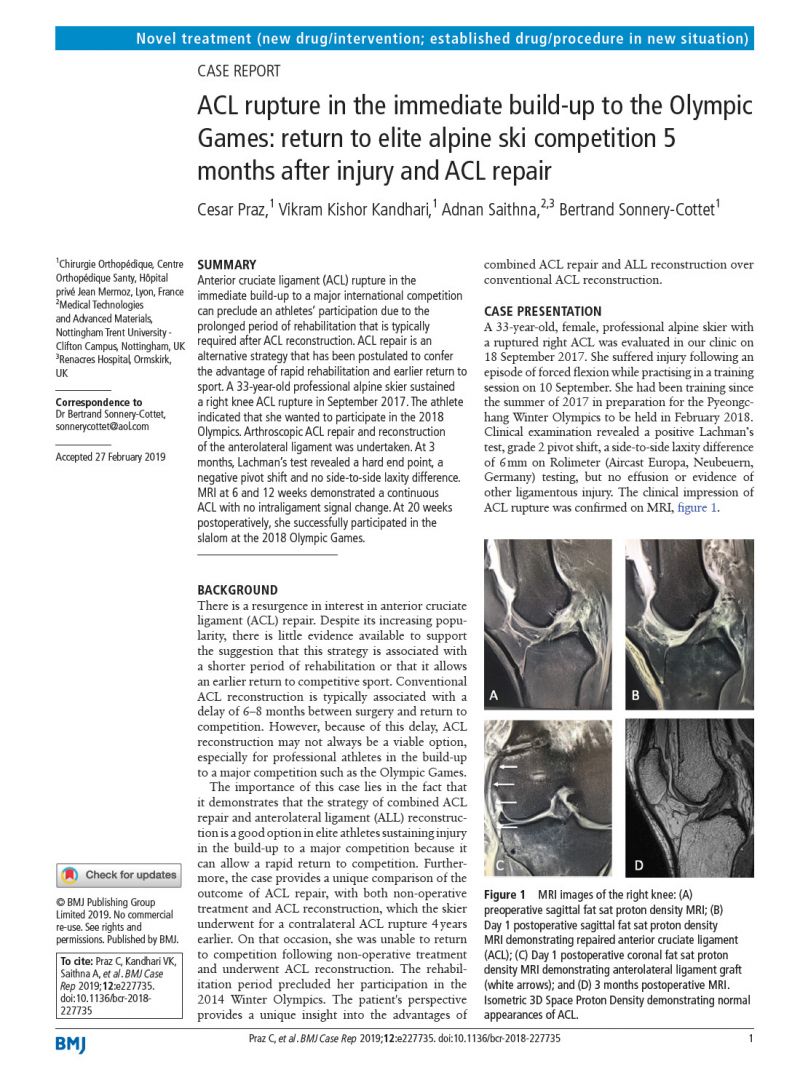

Alright, so for those in our community who might not be familiar with your business, can you tell us more?
I am an orthopedic surgeon specializing in minimally invasive and arthroscopic knee and shoulder surgery. That means that I regularly evaluate and treat patients for common conditions that cause knee pain (including ligament, tendon, meniscus and cartilage injuries, osteoarthritis, patellar instability and dislocation) and shoulder pain (including rotator cuff tears, biceps tendon issues, impingement, frozen shoulder, SLAP tears, labral tears, dislocations, shoulder separations, and arthritis). I have offices in North Scottsdale, central Phoenix and the West valley. What sets my practice apart from others is my academic expertise, international reputation, multiple national and international awards, and a commitment to compassionate care, exceptional patient satisfaction and excellent clinical outcomes.
Although I work in a private-practice setting, my academic research output is one of the highest of any orthopedic clinic in Arizona. I have over 200 peer-reviewed publications (link to Dr Saithna’s research). As a result of my academic work, I am currently independently ranked as one of the world’s top 25 anterior cruciate ligament (ACL) reconstruction experts. The ACL is a knee ligament that is frequently injured in athletic activities, especially sports that require pivoting and cutting motions. It is typically a non-contact injury…just like the injury sustained by Cardinals quarterback Kyler Murray a few months ago, and just like Kyler, most patients undergo reconstructive surgery to stabilize the knee if they wish to return to athletic activity.
In addition to this prestigious ranking for expertise in ACL reconstruction surgery, I have also received several other major accolades for knee surgery including the highest research award from the Arthroscopy Association of North America (Richard O’Connor Award). This award was received for my work with the SANTI Study Group (an international collaborative group of expert knee surgeons) that has had a major impact on improving the outcomes of ACL surgery globally. Anyone who regularly deals with athletes will know that failure of ACL reconstruction is a concern in specific high-risk groups (e.g. female soccer players, in whom up to 30% may have a re-injury after an ACL reconstruction). Our work demonstrated that using our advanced surgical technique we achieve major reductions in ACL reconstruction failure rates (and also in second surgeries for meniscus tears) when we perform a small minimally invasive additional procedure (an anterolateral ligament reconstruction) on the outside of the knee. Due to the success of our technique, this procedure has now become a widely practiced procedure in specialized knee clinics all over the world. My work on this topic has also recently been recognized as one of the most highly cited and impactful articles published in the American Journal of Sports Medicine (the world’s leading orthopedic sports medicine journal) in the last 50 years. Furthermore, along with the SANTI Study Group, I have recently published studies demonstrating excellent long-term outcomes of this procedure and major advantages for recreational as well as professional athletes.
I am also involved with other technical innovations in knee and shoulder surgery. I was recently interviewed by the Wall Street Journal due to my expertise with ACL repair. This is an alternative to ACL reconstruction. It is a procedure that repairs the patient’s own torn tissue rather than reconstructing it with a graft (usually an autograft, which means it is taken from the patient, to be used to make a new ACL). An ACL repair has several major potential advantages including avoiding the need to take a graft, quicker rehabilitation, less invasive surgery, reduced operative time, and quicker return to sport. A great example of the advantages of this procedure are demonstrated in my publication reporting the case of an alpine skier who underwent this procedure and was able to compete in the Olympic games just 5 months after an ACL injury, compared to the normal recovery time of 9-12 months.
I also have internationally recognized expertise in shoulder surgery and frequently see patients for second opinions and complex injuries. Although I see and treat high-level athletes, I also see and treat many non-athletic and older patients. In fact, one of the most frequent surgeries I perform is a rotator cuff repair and that’s often in patients over the age of 50. The rotator cuff is a group of tendons in the shoulder that cause significant pain and weakness when injured. Tears can occur through a traumatic mechanism such as a fall or a sporting injury, but also frequently occur due to a degenerative process or “wear and tear” in sedentary patients. Regardless of a patient’s athletic ability, age, or individual goals, I treat all my patients in the same way that I would want a member of my own family treated. Although that may sound cliche for a medical practice, my patients will tell you that compassionate care is a cornerstone of my practice. Quite simply, I care deeply about my patients and have excellent clinical outcomes, and that’s reflected in my reputation in the community and my online patient feedback.
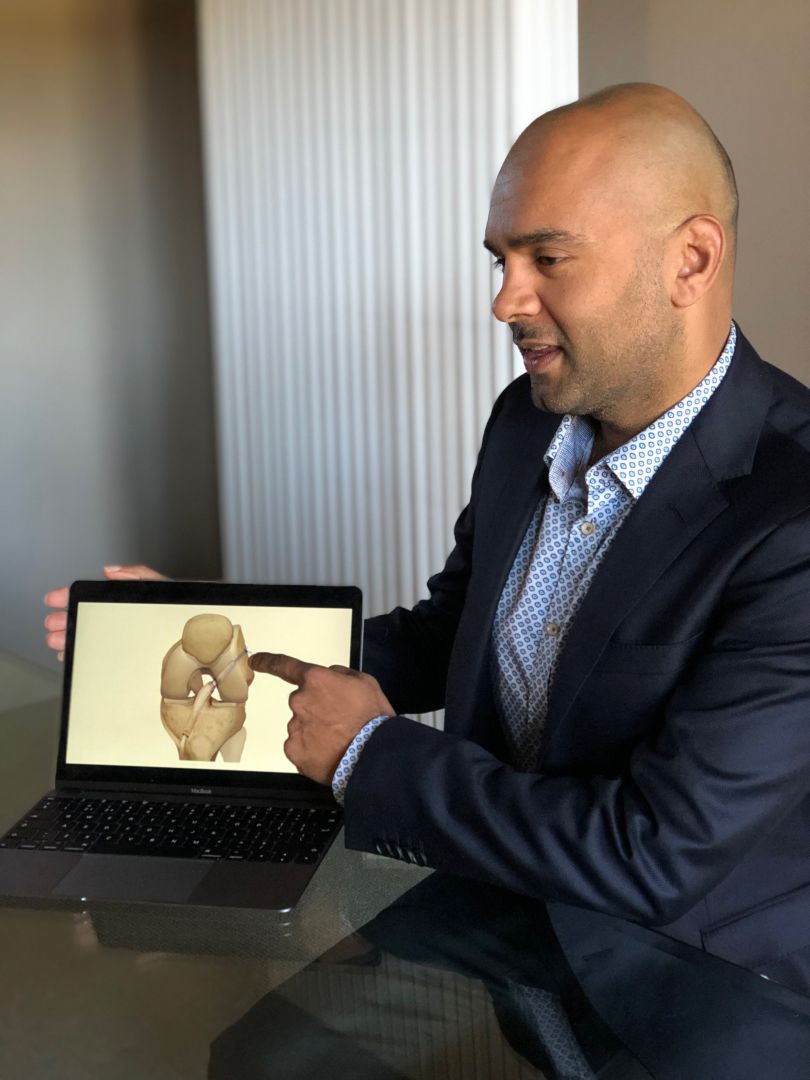

Let’s say your best friend was visiting the area and you wanted to show them the best time ever. Where would you take them? Give us a little itinerary – say it was a week long trip, where would you eat, drink, visit, hang out, etc.
I am originally from London and although I loved growing up in the city, I now prefer the outdoors and that’s one of the many reasons I moved to Arizona. I think the best way to get to know a place is to be outdoors. My wife and I both love hiking and wildlife. If my best friend was visiting we would definitely be spending at least some time enjoying the desert. My favorite hike at the moment is probably Flat Irons (Superstitions), but I also really enjoy Blue Wash Trail (Cave Creek) which is super-easy but it has a waterfall where we can hang out with friends and let the dogs play. I’ve seen a lot of wildlife when out in the desert and if you stick to city life you really miss out on this natural beauty! 
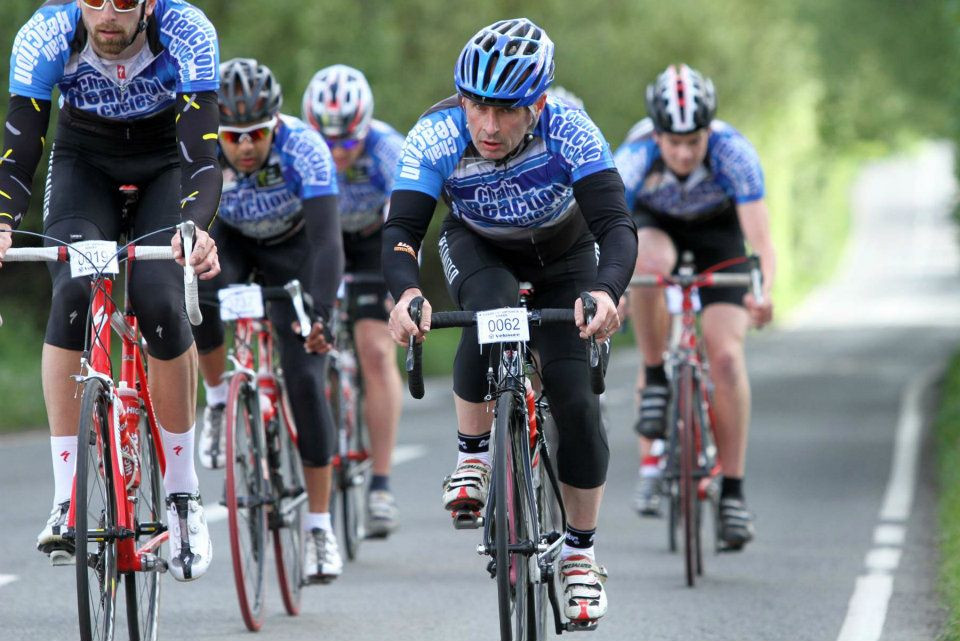
The Shoutout series is all about recognizing that our success and where we are in life is at least somewhat thanks to the efforts, support, mentorship, love and encouragement of others. So is there someone that you want to dedicate your shoutout to?
Professor Rob Grimer deserves recognition in my journey. He is a world renowned orthopedic oncologist (based in the UK) and a fantastic mentor. While I was in medical school (circa late 1990s), Professor Grimer supervised one of my first ever clinical research studies. We conducted an international study that compared the outcomes of bone tumors in the UK versus in Italy. We demonstrated that patients in the UK had worse survivorship and showed that this was likely due to differences in chemotherapy. Subsequent work led to changes in chemotherapy in the UK and likely significantly improved survival. I was so inspired that my work could save lives and impact patients and their families (and not just patients whose care I was directly involved with, but also those I would never meet) in such a profound way that I have been committed to clinical research as a way to improve patient outcomes ever since. Although I am no longer involved in managing patients with bone tumors, I remain very involved in clinical research in orthopedic sports medicine and my work has won several major awards. I will always be grateful to Professor Grimer because without his mentorship I would never have been inspired to undertake clinical research, and certainly not at a globally impactful level. This impact is reflected in a particularly notable achievement, which was that I received Royal Honors in the UK (where I was in practice for 5 years prior to relocating to the United States) in the form of the 2018 King James IV Professorship. Her Majesty Queen Elizabeth II gave permission for the Royal College of Surgeons of Edinburgh to use this title for its highest award. It is awarded to individuals who have made “significant contributions to the clinical and/or scientific basis of surgery over an extended period…and have acquired an International reputation”. I received this award for a large body of clinical research that that has helped improve clinical outcomes for patients who undergo knee surgery, especially ACL reconstruction, and meniscus surgery including repair of complex meniscus tears. 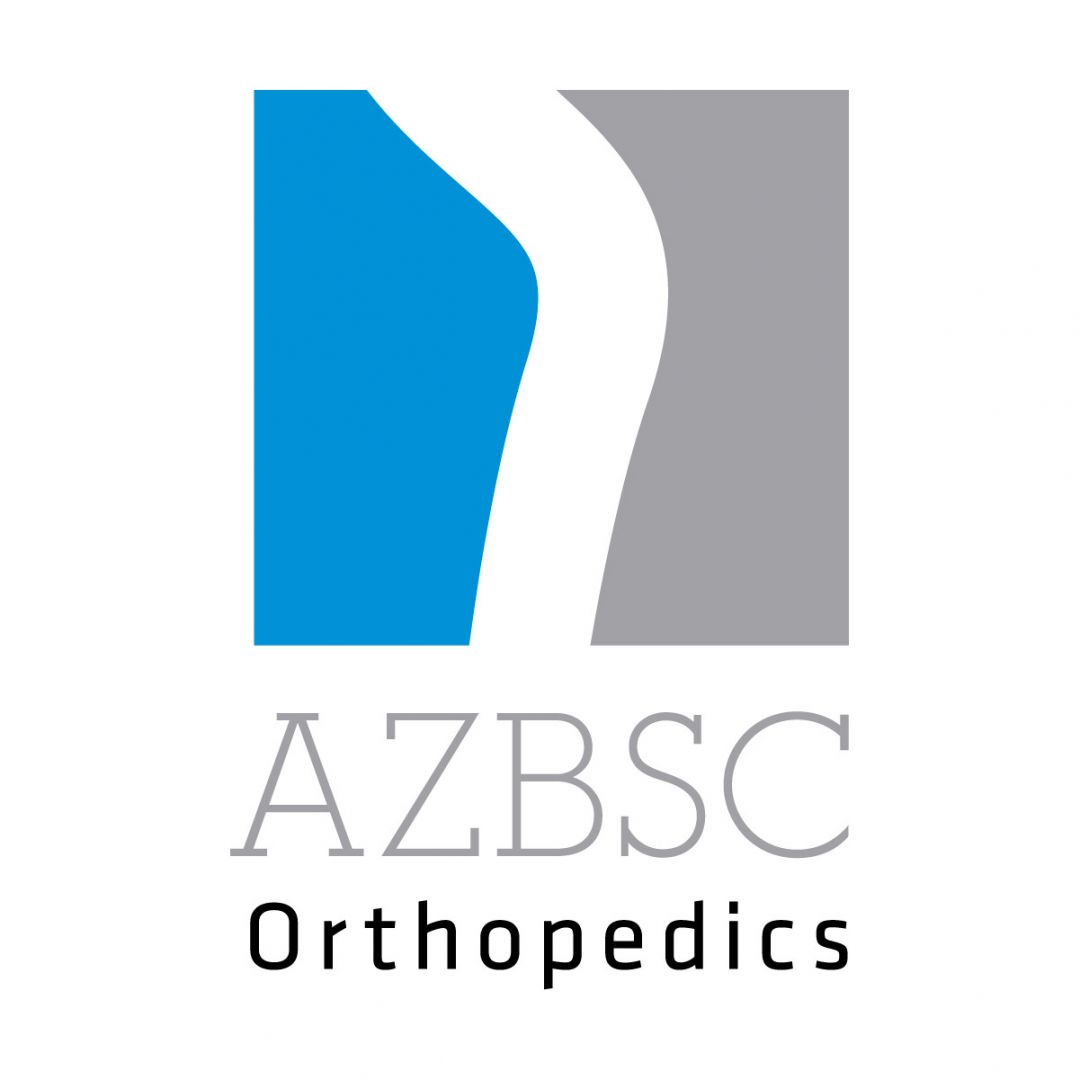
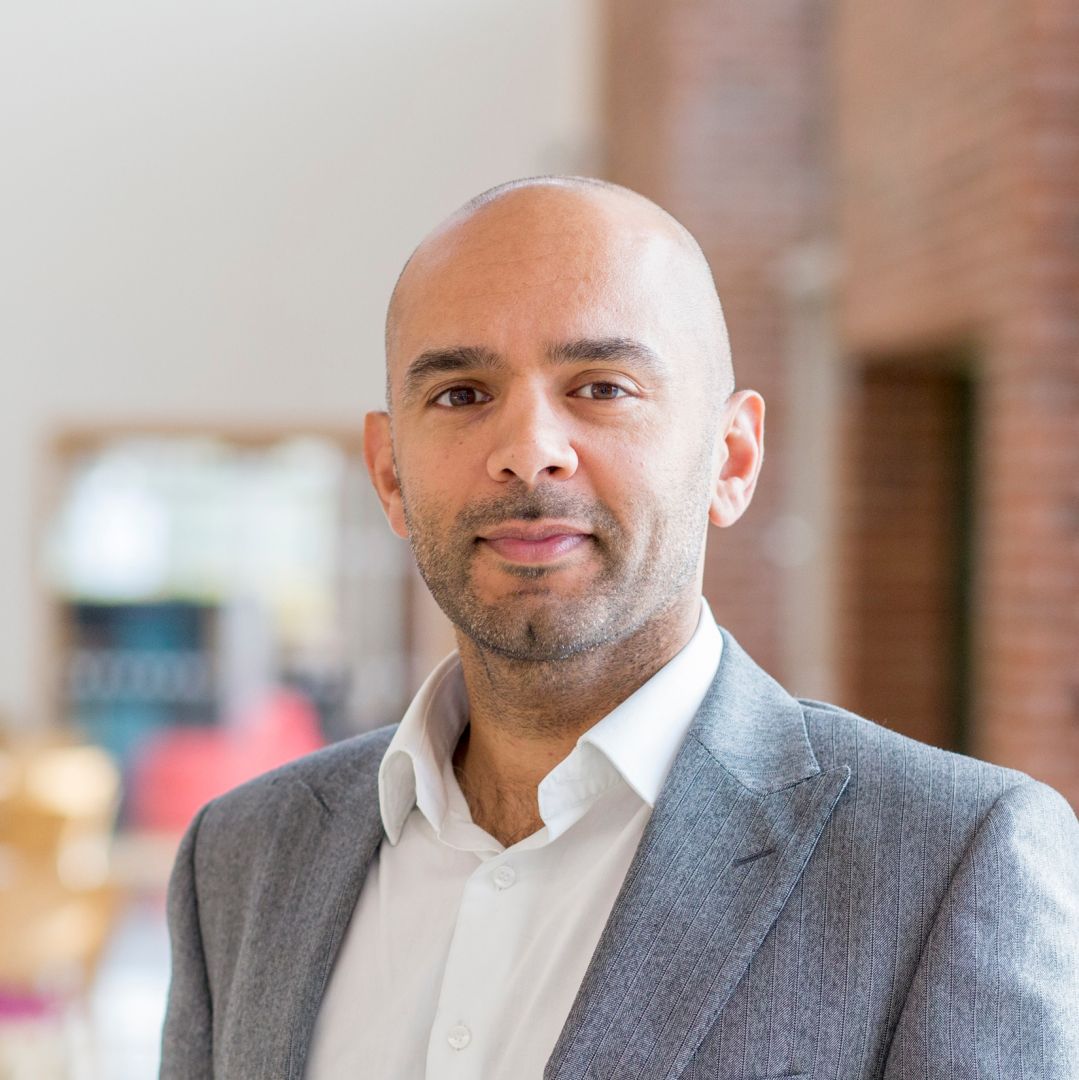
Website: https://www.adnansaithna.com
Instagram: adnan_saithna_md
Linkedin: https://www.linkedin.com/in/adnan-saithna-md-faana-544944b8?original_referer=https%3A%2F%2Fwww.google.com
Twitter: phx_ortho
Facebook: https://m.facebook.com/people/Dr-Adnan-Saithna/100076342501407/
Youtube: https://www.youtube.com/channel/UC8DINbJjF7-gCsJ2DcTt_cQ
Other: Healthgrades: https://www.healthgrades.com/physician/dr-adnan-saithna-xyp88bb Office Locations: AZBSC Orthopedics – Scottsdale Location: 7649 E Pinnacle Peak Rd, Suite 100, Scottsdale, AZ 85255. Phone. 602 266 2272 Fax: 602 266 2927 AZBSC Orthopedics – West Valley Location:8410 West Thomas Road Suite 138 Phoenix, AZ 85037. Phone: 602 714 1389 Fax: 602 266 2927 AZBSC Orthopedics – Central Phoenix Location: 1331 North 7th Street, Suite 200 Phoenix, Arizona, 85006. Phone. 602 266 2272 Fax: 602 266 2927
